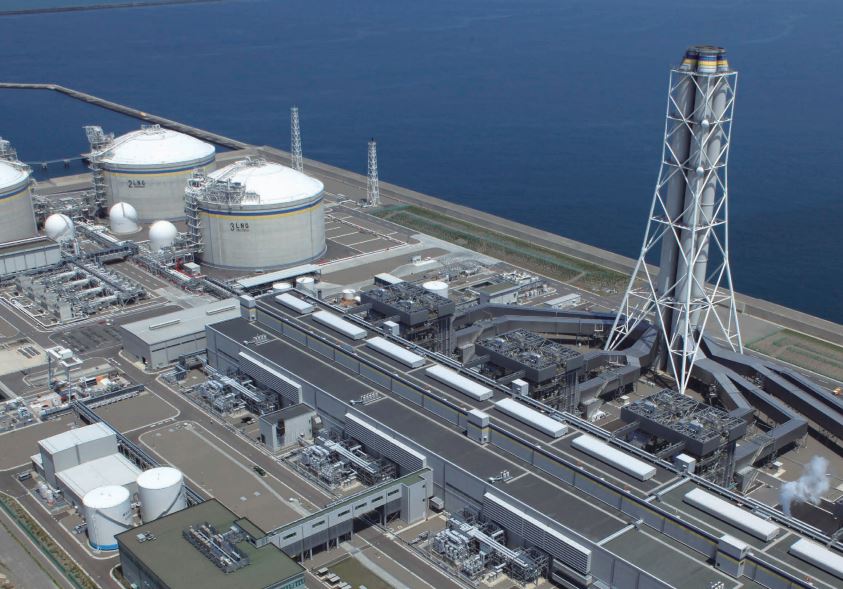Japan continues to take more liquefied natural gas than China on a monthly basis. However, China’s lower LNG imports are mostly related to Covid lockdowns as well as high prices and may increase later this year.
China became the world’s largest LNG importer last year, overtaking Japan by more than four million tonnes.
This year, Japan imported about 25.96 million tonnes in the first four months, up by more than four million tonnes compared to China’s volumes.
To remind, China’s LNG imports dropped by 17.3 percent to about 21.59 million tonnes in the January-April period, mostly due to high spot prices and Covid lockdowns.
In April, China took some 4.35 million tonnes, down 34.5 percent when compared to the same month last year.
On the other side, Japan’s LNG imports rose 12.1 percent to 5.57 million tonnes last month, according to the provisional data released by the country’s Ministry of Finance.
Compared to the previous month when Japan took 6.50 million tonnes, LNG imports declined by about 14 percent.
Also, Japan’s coal imports for power generation rose year-on-year in April. Coal imports increased by 7.4 percent to 10.69 million tonnes, the data shows.
Prices jump
Japan paid about $4.36 billion for LNG supplies in April, a rise of 151.6 percent when compared to the last year.
State-run Japan Oil, Gas and Metals National Corp (JOGMEC) said earlier this month the average contract-based price for spot LNG cargoes shipped to Japan in April had reached $34.6 per mmBtu. This compares to 29.8 per mmBtu in March.
Looking at LNG shipments in April, deliveries from Asia from countries such as Malaysia and Indonesia rose by 23.2 percent to 1.49 million tonnes, the ministry’s data shows.
Middle East LNG shipments from countries like Qatar were down by 25.2 percent to 384,000 tonnes.
Additionally, shipments from Russia decreased by 10.9 percent to 396,000 tonnes while US deliveries dropped by 12.1 percent to 344,000 tonnes.

